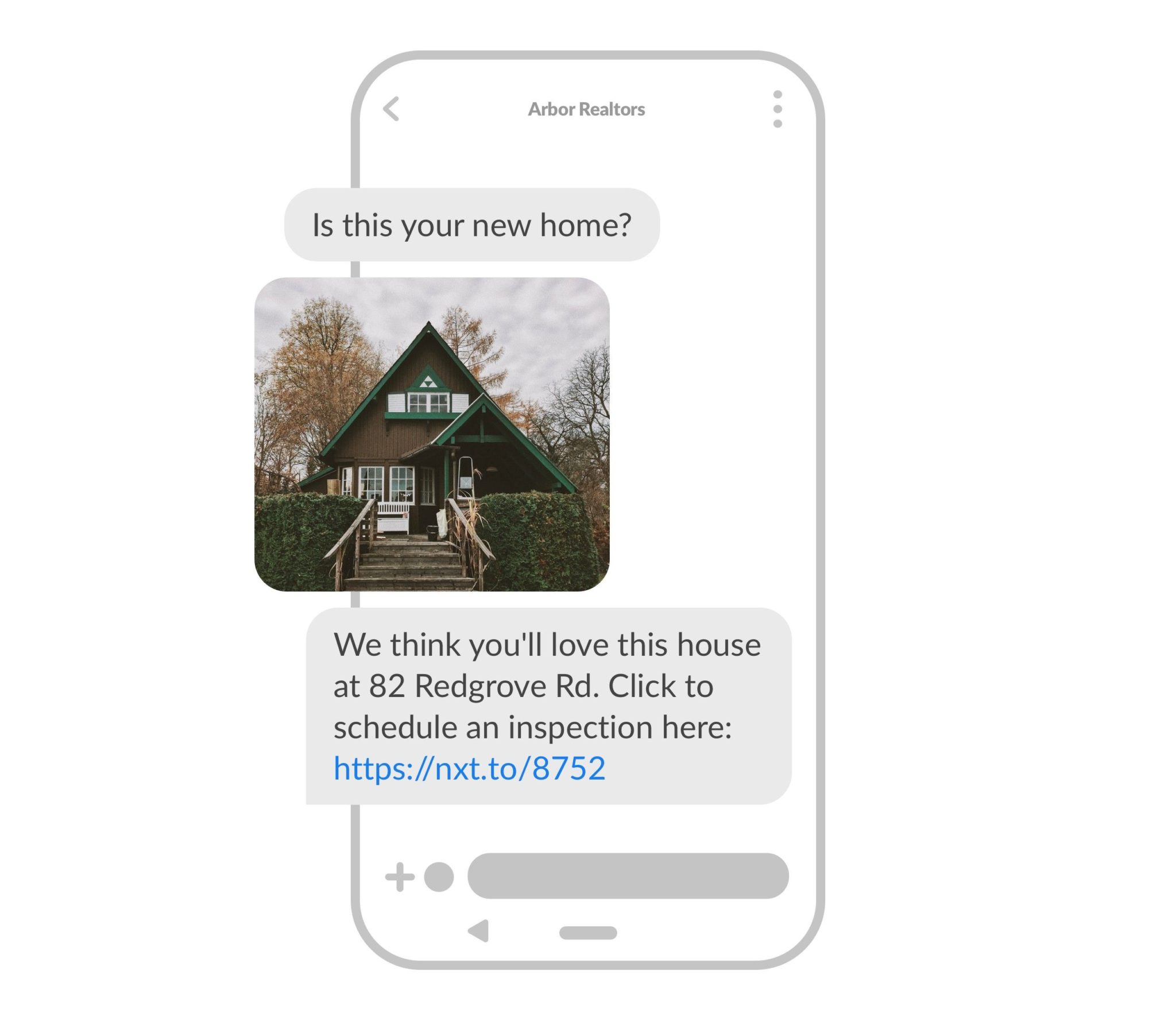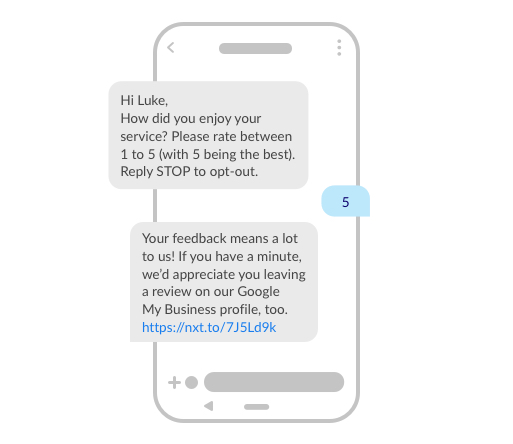Share article:
5 fundamentals to master SMS customer engagement

Building a relationship with customers is essential for sustaining a long-term, successful business. There are two common denominators when it comes to the definition of the term: ongoing interactions and undivided attention to the customer.
Any interaction between your business and a customer is a chance to differentiate your brand from the others. As the business landscape grows more competitive each day, this may be critical to sustained longevity and growth.
Text messaging is a powerful way to cut through the noise and grow your audience. With 98% open rates and 8x the response rate of e-mail, it’s clear that consumers are more likely to craft a reply, click on a link, or complete a purchase.
Here are 5 essential ways to make SMS campaigns create a lasting impact on your customers.
1. Be mindful of when you send
When you send a text message, you can generally expect it to get read within ninety seconds. Having your message get seen is one thing, but having it prompt action or elicit trust is another. Consider when and how often you send SMS to influence engagement.
A well-timed and well-crafted text will enhance responsive actions. Your message could contain an incentive to return to an abandoned cart, a feedback survey to rate a recent service, or a simple request to confirm an appointment. Optimise timeliness with these tips:
- If genuine and applicable, add urgency to promotional messages by including phrases like ‘only 24 hours left’ or ‘until stocks last’ to drive action.
- Send during socially acceptable hours and check local times if your contacts live in different time zones. Our customers use our Social Sending feature to automate this.
- Don’t overdo it by sending too many messages too often, as this can increase opt-out rates. Quality is more important than quantity.
2. Add imagery, GIFs and emojis
While sending customers SMS is powerful, using MMS (or Multimedia Messaging Service) can help to enrich communication. Customers feel an emotional connection when shown visuals of a product or service because it helps them imagine themselves with it.

Studies have shown that MMS delivers a 15% higher click-through rate than SMS, so consider adding images or GIFs to your messages if it works for your brand. Similarly, adding simple emojis to your text messages can add personality to your content.
- Encouraging customers to send you MMS will make messaging even more interactive. This can be helpful if a customer needs to show you a product they’re referring to or would like a quote without having to see you in person.
- A single SMS allows you 160 characters, including spaces. So using MMS can enable you to say more with less. We still recommend being mindful of conciseness for better engagement, so read our beginner’s guide to MMS for more on this.
- Emojis add a little burst of colour to a text message and can make your business look fun and casual. To send emojis, you’ll get fewer characters in a single text message. For more on how SMS credits work, check out our infographic.
3. Include a call to action
SMS is an effective way to prompt action or a reply. With everyone regularly checking their mobile phones, it’s natural to follow up on texts. Your message likely won’t get buried in their inbox as e-mails tend to, as SMS marketing requires customers to opt in to hearing from you.
Make sure your message is clear when making a request. Whether that’s confirming an appointment with a client, encouraging a lead to click on a link, or asking a customer to pay a bill online, make your copy friendly, yet brief. Consider these features when crafting CTAs:
- Use a URL shortener, as this will use up fewer characters. Our customers can use our short, trackable links when sending from our portal. This automatically shortens URLs to 22 characters, plus allows you to track who clicked and when.
- Create Mobile Landing Pages for even better marketing campaigns. We have ready-made templates, so all that’s needed is to personalise them for your brand. This is an excellent option if you don’t want to rely on a developer or designer.
- Choose a sender ID that makes sense. A dedicated number allows two-way texting. On the other hand, sending from an approved alpha tag (11 numbers or letters) means customers can’t reply, but it creates instant recognition. See our infographic to compare them.
4. Give them an assist
Convenience is key to a good customer experience. If you want your recipients to reply to you then and there, include clear and basic options for them to choose from. This makes it easier for them to act so they can move on with their day.
Our customers can use pre-set keywords to set automations. For instance, all marketing messages should include an opt-out option. Whenever contacts text in STOP, their mobile number will automatically move out of a contact list. You may want to:
- Automate booking reminders and confirmations to save your business time and reduce no-shows. Simply request clients to reply with Y or N and include a number to call if they need to re-book.
- Customise your reply options to lower your character count or match the intent of your message. You can then set up keyword triggers to automatically send a relevant follow-up message. For example, if the text contains X, then reply with Y.
- Grow your contact list by promoting a simple text-in competition. This is a great way to engage with a broader audience and reward them for doing something simple. For example, “Text in THIRSTY to get 15% off a smoothie”.
5. Ask for feedback
Getting honest opinions about your product or service is a vital way to evolve as a business. You’ll be able to continually optimise your offering by learning what matters to your target audience. Plus, you’ll get the opportunity to appease those who were less than satisfied.
This will help improve customer loyalty and improve word-of-mouth, as consumers enjoy knowing their voices matter to your brand. After an interaction, sending a text message is a simple yet essential addition to a customer engagement strategy. Consider these tips:

- Whichever route you choose to collect the feedback, whether you use a 5-star rating system or add a link to a survey, don’t create too many steps or fields. Less is more.
- Add an incentive, so customers are more likely to take time out to share their thoughts. Consider including a discount or voucher to use for their next purchase.
- If they text back with glowing feedback, graciously ask them to post a review to your social media networks. Or, ask if you can publish their testimonial on your website.
Final thoughts, further reading
Texting is an effective way to engage customers, as it allows you to have real-time conversations conveniently. When it comes to customer engagement, it’s not just about the frequency but the quality of your interactions.
- Find out how a restaurant group grew their ROI 33% by sending SMS feedback surveys
- Get tips on ways to gain customer trust and confidence through text messaging
- Learn how to send customised text messages to engage customers (while saving time)
